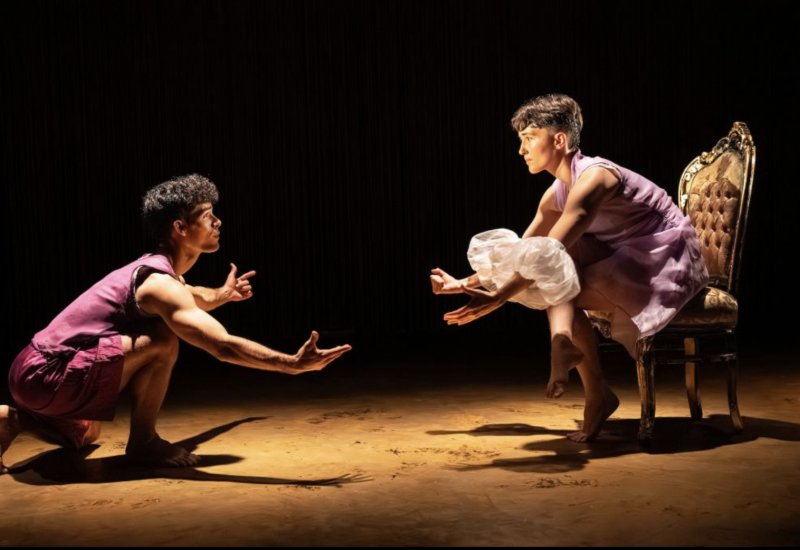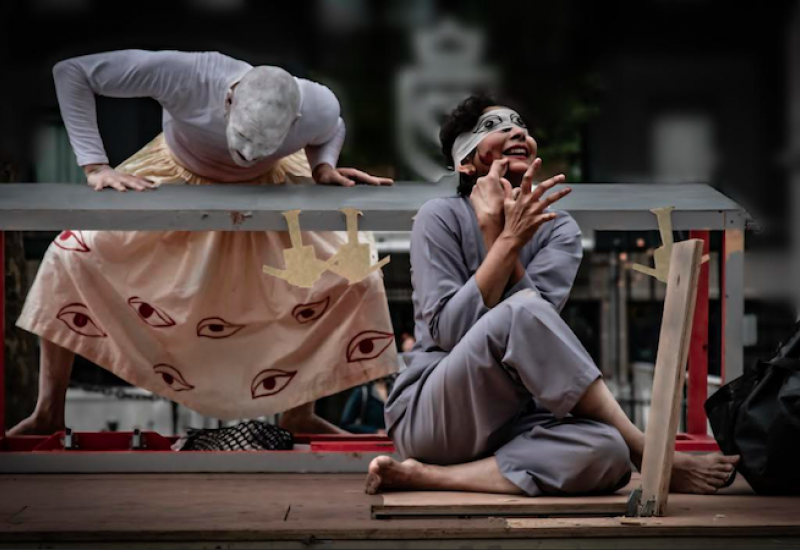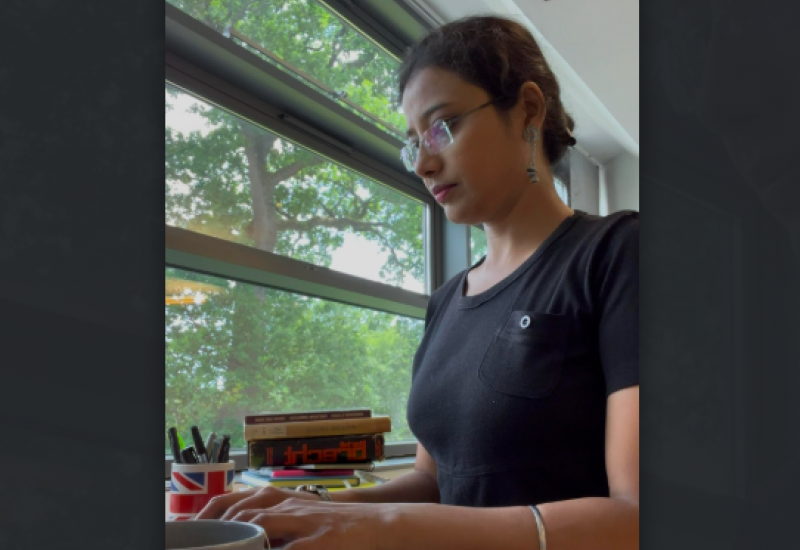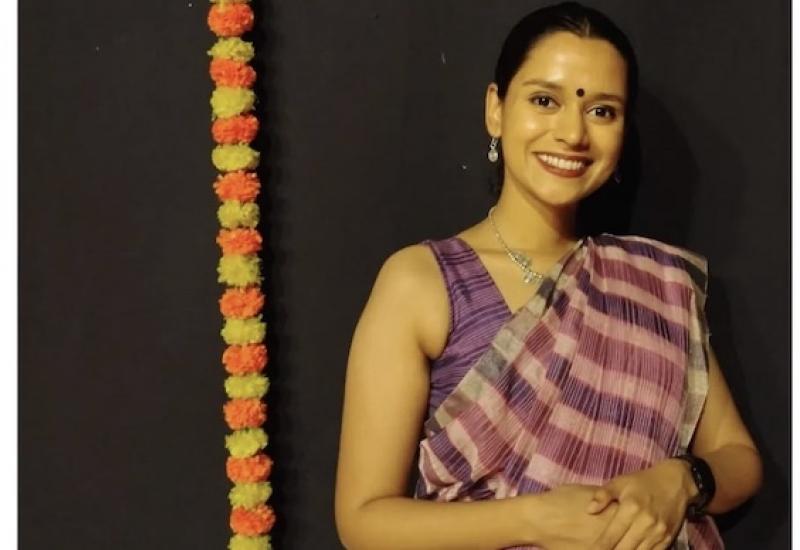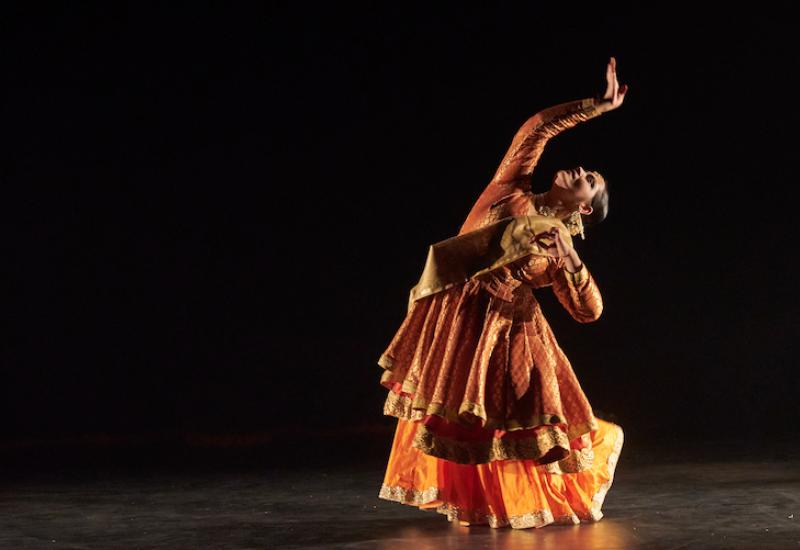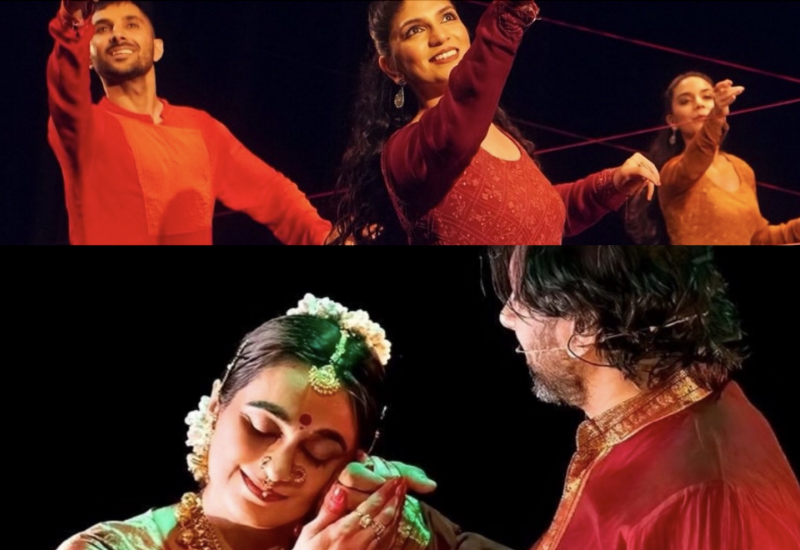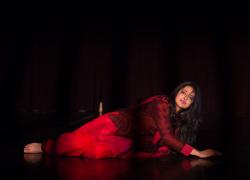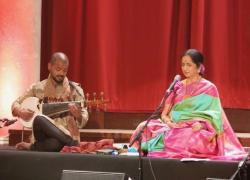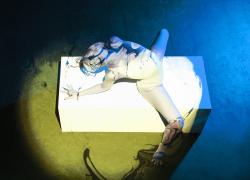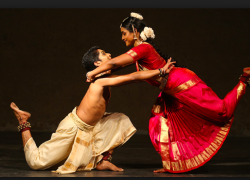Editor Blog - Dancing amidst the stars
Sanjeevini Dutta in the first of a regular column, sums up the highlights of her week in dance
Monday 25 March 2019
Donald Hutera – dance writer, critic, dramaturg and friend of dancers invited me to the launch of Why Do We Dance?, a new Sky Arts programme series of six one-hour-long documentaries, which previewed at Lillian Bayliss. The pockets of Sky are deep; Prosecco and high class canapes preface the programme.
Dancers of Candoco, who need no introduction open the proceedings with a gorgeously warm, sexy and expressive duet of relationships. The effect tugs at the heart. I give silent thanks to the British dance scene which has the foresight and imagination to make inclusive dance stand on its own terms. We are watching ‘dance’ and not ‘inclusive dance’ or ‘diverse dance’.
Image: Candoco | credit: S Dutta
The episode previewed is under the category of Dance and Belonging. Akram Khan is the guide and mentor taking the audience’s hand and giving a personal touch to the documentary. From the comfort of sitting rooms you can jet to Memphis to catch Jooking, a form of hip-hop which emerged from the depths of poverty and disadvantage. You can sample works of choreographers from Berlin to Barcelona, who use dance moves from clubs to fuse with formal balletic movements and those taking inspiration from tribal dances oozing with energy, variety and imagination- defying ways of physical expression.
This series will convert me to Sky Arts. I believe that it offers an entire dance education in six hours. It is to be released on 29 April 2019, World Dance Day. Look out for Aditi Mangaldas in this global series.
Wednesday 27 March 2019
I have come to the city of the Beatles, where everyone calls you ‘luv’. Dance treasure of the city, Bisakha Sarker MBE, has been battling with an ambition to arouse curiosity for science through multimedia. Unseen Designs, the outcome of (ACE Lottery supported) Research and Development refers to the patterns in nature, from the tiniest fundamental particle, the Higgs-Boson, to the galaxies in the ever-expanding universe. The phenomenon being studied has already occurred millions of years ago with the Big Bang, but has left traces that can be examined today. This information is shared by physicist, Christopher Edmonds who advised the creative team in the introduction to the screening. At the planetarium of the One World Museum the dome is illuminated by twinkling lights and images of bodies unfurling, rotating and floating amidst the spheres. The result is visually intriguing. I would love to see this 8 minute 20 second film (the time it takes light to travel to the earth from the sun) at science festivals but also perhaps at club raves. Any takers?

Image:Bisakha Sarker in Unseen Designs, illustrations-Ali Harwood | credit: Ali Harwood
Much of the audience migrates to the John Lennon School of Art and Design at 5pm for drinks and nibbles followed by a lecture and another R&D inspired performance, this one by dancer choreographer Kali Chandrasegaram. Embodying the experience of grief, at both a personal and universal level, Kali delivers a performance of such conviction and focus that he is unaware of a background glitch; behind him the screen shows Windows. The College technician had been charged with switching off the screen and he fails to show up. Thankfully the audience is forgiving.
The last part of the day is a blissful dip into a dance book entitled Celestial Bodies- how to look at ballet by Laura Jacobs New York City based dance critic. I am returning to London by train and have a special treat, a first-class journey. Each table has its own lamp, and in the soft lighting I am moved through the parallel universe first unleashed by the planetarium’s Unseen Designs.
Image: Celestial Bodies by Laura Jacobs | credit: S Dutta
The author illuminates ballet’s technical subtleties from the anatomical perspective to the philosophical dimension. She references ballet’s first position (turnout of feet which originates in the hips, familiar to bharatanatyam and odissi dancers), with statements such as ‘Where before turnout a dancer stands on a path, after the turnout a dancer exists in a sphere. Within the sphere, the dancer trains daily on curves and circuits’. With ballet moves echoing the circuits of the heavenly spheres, there could not be a more satisfying conclusion to my dance-filled day.







